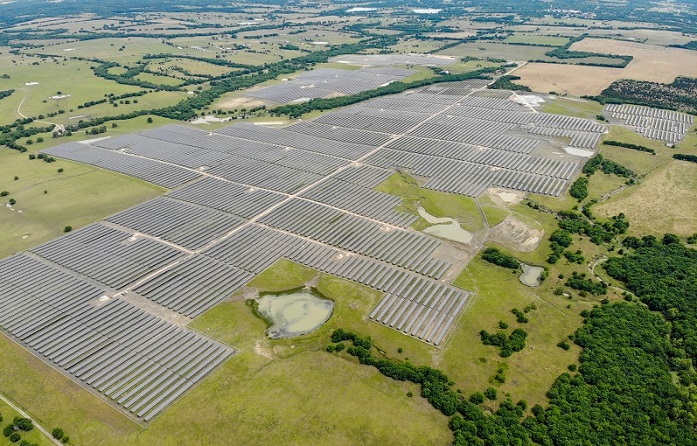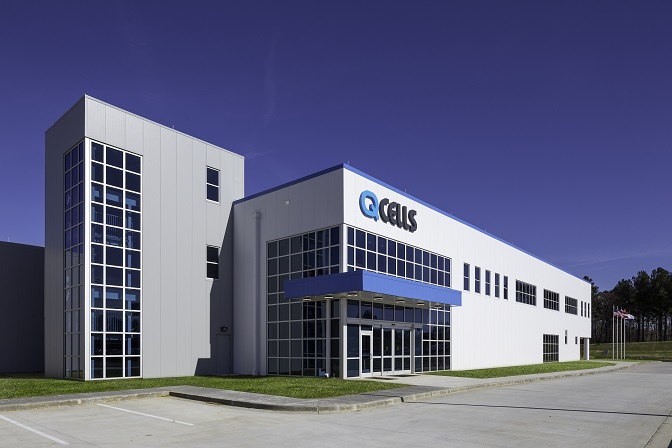
This photo shows the aerial view of a solar power plant built by Hanwha in the U.S. state of Texas, as provided by Hanwha on Jan. 26, 2023.
SEOUL, Jan. 26 (Korea Bizwire) — Hanwha Solutions Corp. said Thursday its U.S.-based solar panel unit signed a partnership with Microsoft Corp. to supply solar panels and related services to projects under way by the American tech company.
Hanwha Q Cells will work with Microsoft to supply more than 2.5 gigawatts of solar panel modules — enough to power 400,000 homes — and engineering, procurement, and construction (EPC) services to solar project developers Microsoft has contracted for through power purchase agreements, according to releases by Hanwha and Microsoft.
The collaboration is the first time for Microsoft to work directly with a solar supplier to adopt clean energy on a big scale, the U.S. tech firm said.
“Microsoft’s partnership with Qcells will help make this vision a reality by bringing innovation and investment to rural Georgia,” Brad Smith, vice chair and president of Microsoft, said.
“We’re striving to build and deliver turnkey clean energy solutions, including those made in America, and this partnership with Microsoft will help accomplish this vision,” Hanwha Q Cells CEO Lee Koo-yung said.
Microsoft has committed to purchasing renewable energy to achieve 100 percent renewable energy use by 2025.

Hanwha Solutions’ factory in Dalton, Georgia, is shown in this undated photo provided by the company.
Hanwha Q Cells is the only company in the U.S. that will have a complete solar supply chain from the manufacturing to EPC services and other solutions.
Hanwha Solutions, a key energy unit of Hanwha Group, the seventh-largest conglomerate in South Korea, plans to spend 3.2 trillion won (US$2.6 billion) to build a “solar hub” in Cartersville, Georgia.
It will produce four critical components: solar ingots, a raw material for manufacturing solar wafers that are used as a base for solar panels, and wafers to cells and modules.
The facility will have an annual capacity of 3.3 GW and go into commercial production by the end of next year.
Hanwha Solutions also plans to increase the solar production capacity at its Dalton plant in Georgia, to 5.1 GW from the current 1.7 GW by the end of this year.
This will bring the company’s total production capacity in the U.S. to 8.4 GW by the end of 2024, which can provide electricity to about 1.3 million households per year.
(Yonhap)






